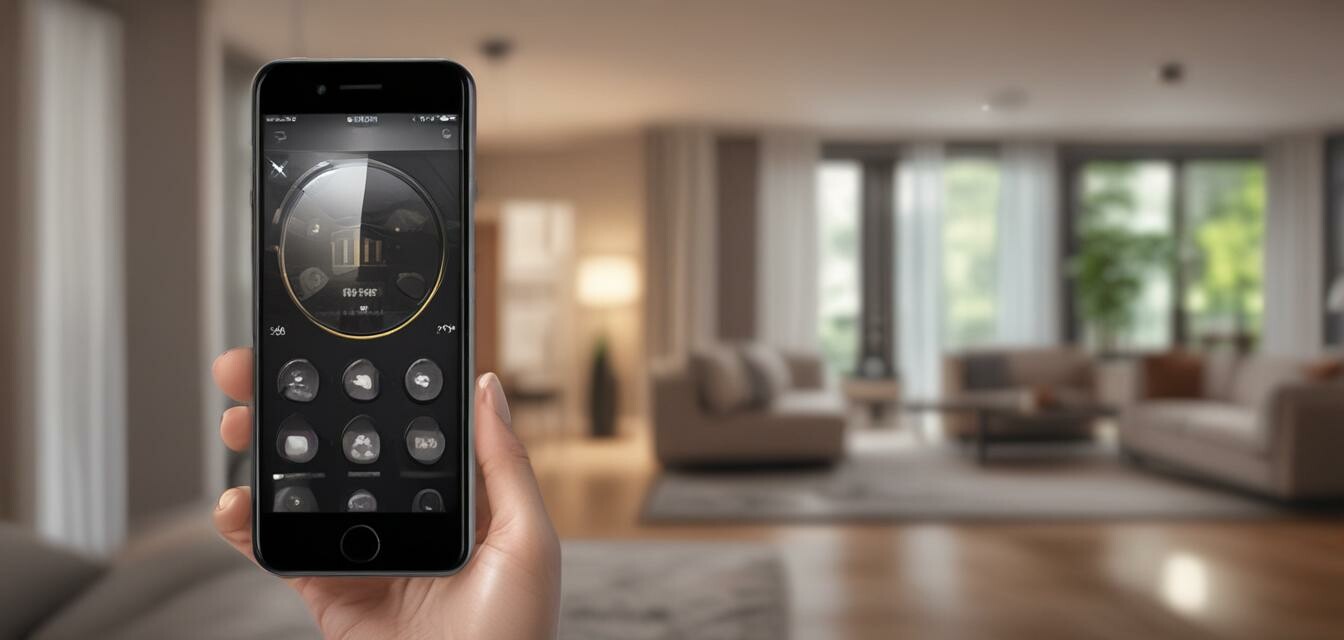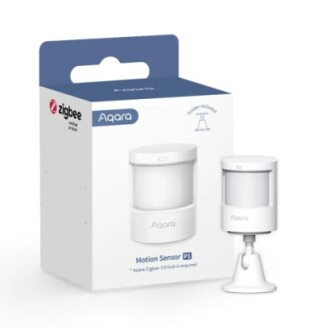
How to Maximize Your Home Security with Smart Sensors
Key Takeaways
- Smart sensors enhance home security by providing real-time alerts and automation.
- Choosing the right motion sensor can significantly improve safety and response times.
- Regular updates and proper setup of smart sensors are crucial for optimal performance.
In today’s world, enhancing your home security has never been more critical. With the rise of smart home technology, smart sensors play a vital role in safeguarding your space. In this article, we’ll provide you with effective tips on utilizing smart sensors to boost your home’s security and introduce two outstanding products in the market.
Understanding Smart Sensors
Smart sensors are devices that detect environmental changes and send alerts to homeowners. They can monitor for motion, changes in temperature, light levels, and more. The integration of these devices enhances security and allows for a more automated home environment.
Benefits of Smart Sensors
- Real-time monitoring and alerts
- Integration with other smart home devices
- Remote access through apps
- Improved energy efficiency
Selecting the Right Motion Sensors
When considering smart sensors for your home, it’s essential to choose those that fit your needs. Below, we explore two highly effective motion sensors available in the market.
SEBSON PIR Sensor Outdoor
Designed for outdoor installation, this infrared motion sensor detects movements within a range of 12 meters, ensuring your property is secured day and night.
Learn MoreFeatures of SEBSON PIR Sensor
| Feature | Description |
|---|---|
| Power Source | AC |
| Weight | 97 Grams |
| Maximum Range | 12 Metres |
| Detection Angle | 180° |
Aqara Motion Sensor P1
This upgraded motion sensor requires an Aqara hub, offering remarkable battery life and advanced detection features for seamless home integration.
Learn MoreFeatures of Aqara Motion Sensor P1
| Feature | Description |
|---|---|
| Power Source | Battery Powered |
| Weight | 68 Grams |
| Maximum Range | 7 Metres |
| Battery Life | 5 Years |
Installing Your Smart Sensors
Installation of smart sensors can be straightforward, but there are a few best practices to follow:
- Determine the optimal placement for the sensors, prioritizing areas with high foot traffic or vulnerable entry points.
- Follow the manufacturer's instructions carefully during installation.
- Connect sensors to your home network and integrate them with other security devices.
- Regularly test your smart sensors to ensure they function as intended.
Maintaining Your Smart Security System
To keep your smart security system operating at peak performance, consider the following maintenance tips:
- Replace batteries as needed, especially in wireless sensors.
- Verify that the sensors are clean and unobstructed for accurate readings.
- Keep firmware updated to ensure compatibility with your smart home system.
- Audit your security settings periodically to reflect any changes in your security needs.
Integrating Smart Sensors with Other Devices
Connections with other smart home devices can enhance your security's versatility:
- Link your motion sensors with smart lights to automatically illuminate areas when motion is detected.
- Use sensors to trigger alerts on your smartphone or smart speaker when movement is detected.
- Incorporate sensors into a comprehensive alarm system for increased security coverage.
Conclusion
Investing in smart sensors is a proactive step towards ensuring the security of your home. By understanding their functionality and selecting the right products for your needs, you can effectively maximize the safety of your environment. For more useful insights, check out our additional resources on introducing smart home security systems and smart sensors for home security.
Tips for Beginners
- Start with one or two motion sensors and expand as you learn what works best for you.
- Utilize the app support for your sensors to customize settings per your lifestyle.
- Research and read reviews before purchasing new sensors to find the best fit.


